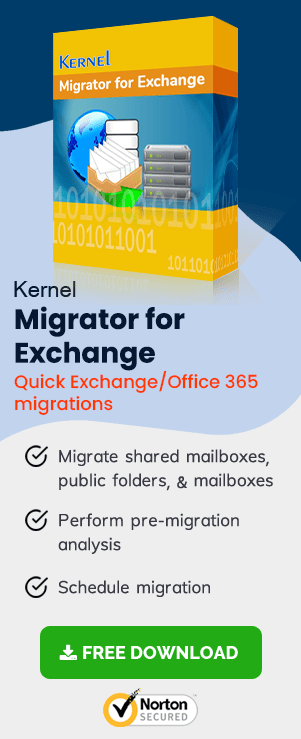This guide is drafted to give awareness about a simple Office 365 to Office 365 migration with Exchange Migrator ver 21.3. It describes all the required steps and options in easy words in detail for quick and successful migration.
As we know, growing businesses are adopting Office 365 for all their IT requirements. They are fascinated by the features and convenience of Office 365. When there is a merger between two organizations, there is a need to consolidate their Office 365 assets to. As a result, they wish to migrate data between Office 365 tenants.
- Step by Step Guide for Migrating Office 365 to Office 365 Tenant Part-1
- Step by Step Guide for Migrating Office 365 to Office 365 Tenant Part-2
- Step by Step Guide for Migrating Office 365 to Office 365 Tenant Part-3
Manual way to perform this type of migration is currently unavailable. So, we will use the Exchange Migration tool for Office 365 to Office 365 migration.
Prerequisites – Office 365 to Office 365 migration
Before starting the Office 365 to Office 365 Migration, the users must have the following requirements fulfilled.
- Any of the Microsoft Outlook versions – Outlook 2007, Outlook 2010, and Outlook 2013 must be installed in the system on which tool will be used
- You should have Global Administrator credentials on both the source and target
Perform migration between your Office 365 tenants in an easy way
Now, it is time to understand the method of migration used by Exchange Migrator. There are steps to migration with a definite function that needs to be followed for a successful migration. We are going to discuss each step required for migration in detail –
- Pre-migration Analysis
- Migration of Mailboxes and Public Folders
- Post Migration Tasks
Pre-migration Analysis
Let us start with the Pre-migration Analysis, which is useful for estimating the almost accurate time required for migration.
Pre-Migration Analysis for Office 365
Perform the steps one after another for pre-migration analysis.
- Start the software and select the option Pre-migration on the bottom-left of the welcome screen.
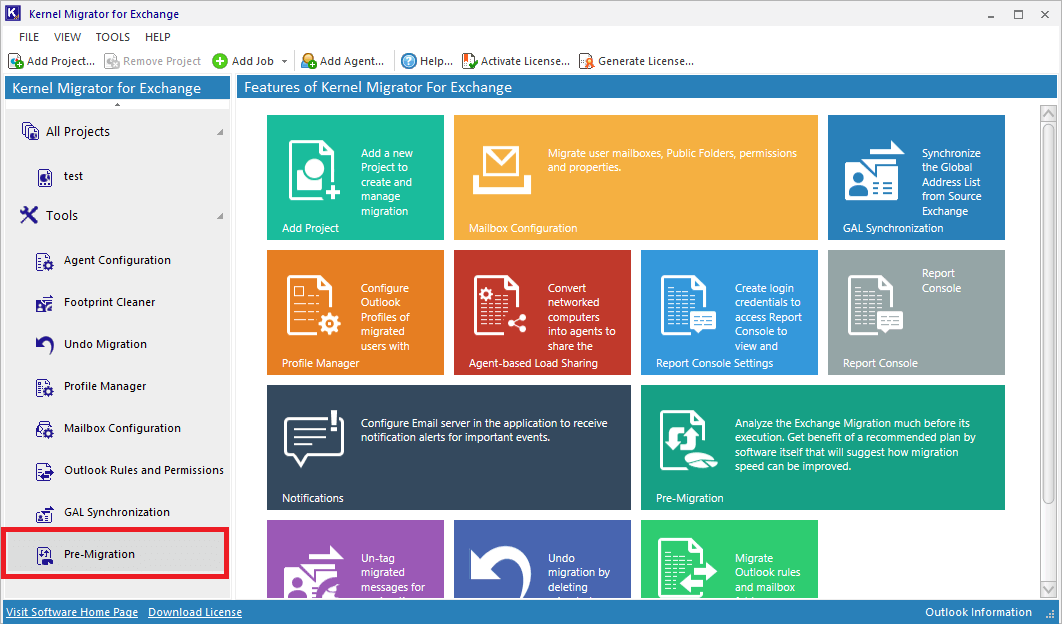
- Click the (+) button to add a pre-migration job.
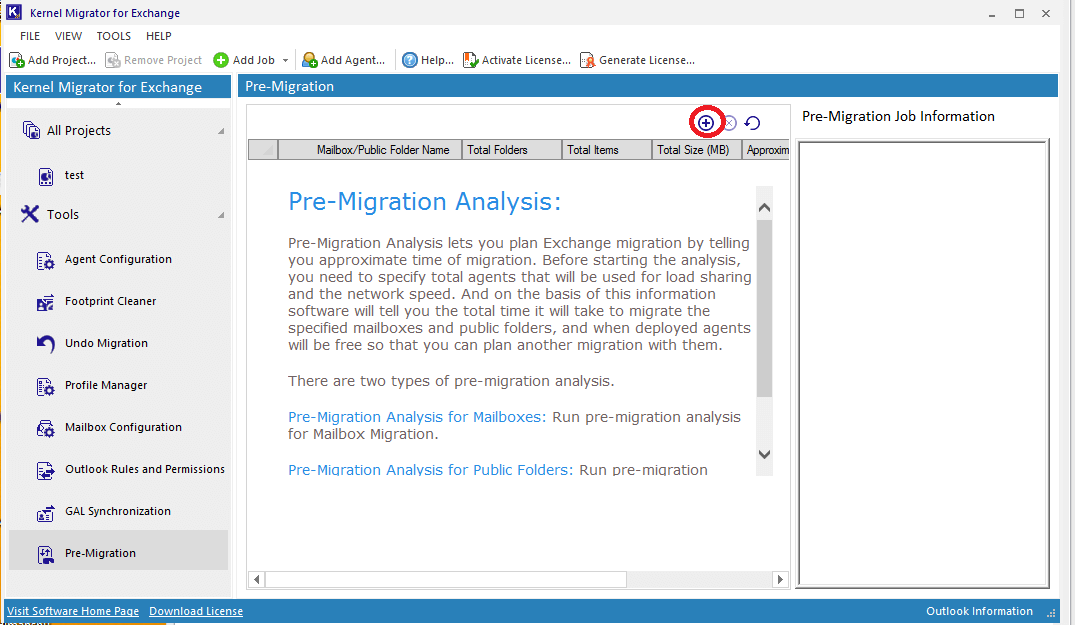
It opens a dialogue box, ‘Add Pre-Migration Job.’ Provide the required details, including source Office 365 Username and Password. You can also use the existing Outlook profile for migration; provide your network speed and number of agents for load sharing (if you want to assign); click Next to continue.
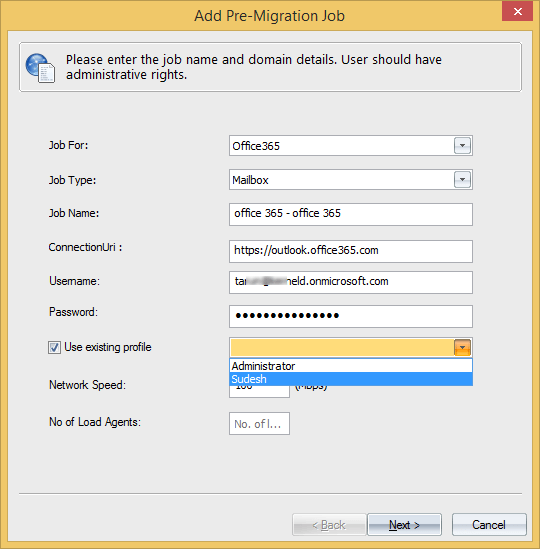
- Here, select the mailboxes you wish to migrate. You can find specific mailboxes by entering keywords in Mailbox Name, Email Address, and Load Agent search filters. Make a selection and click Next.
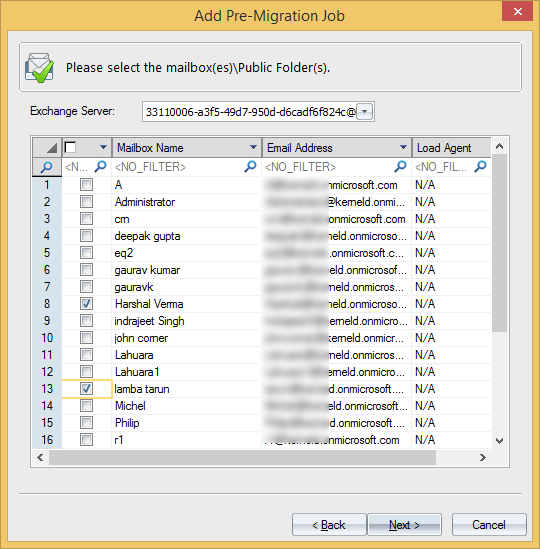
On this page, you can set filters on Message Classes, Date range, and Folders criteria. You can add message classes as required.
You can include or exclude a specific date range for the mailbox filtering.
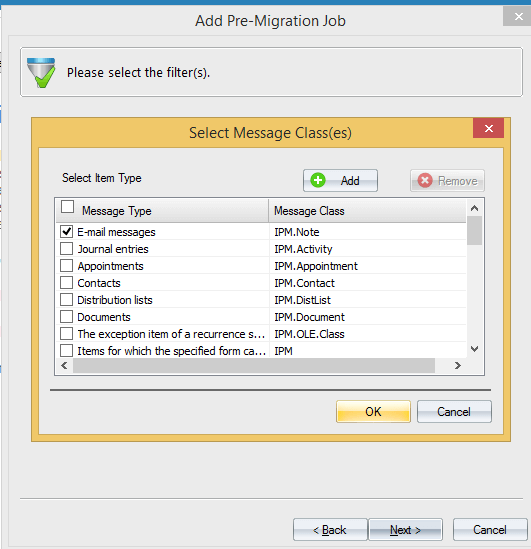
You can include or exclude a specific date range for the mailboxes filtering.
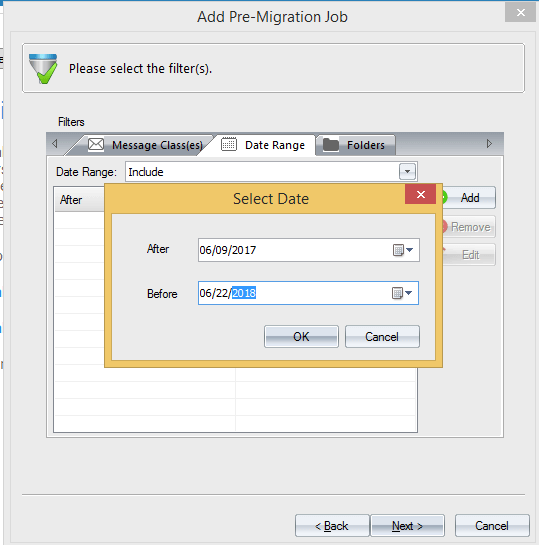
Similarly, you can include or exclude specific folders of mailboxes. Click Next.
- You get the summary report in this step. Review it and click Finish.
- On the Pre-migration page, you get information about Total Items, Total Folders, Total Size, Approximate Time, and expected status of the migration.
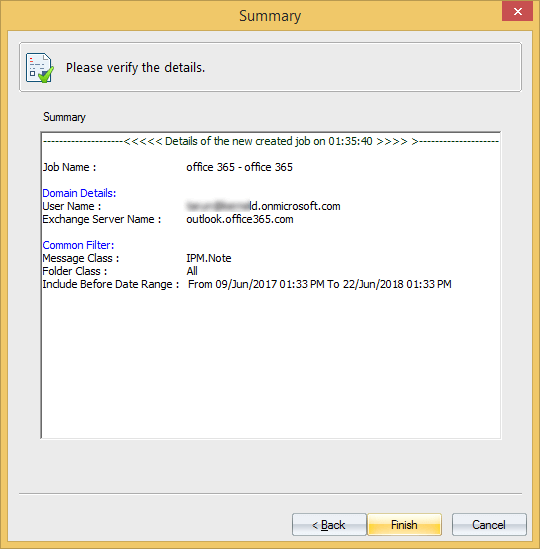
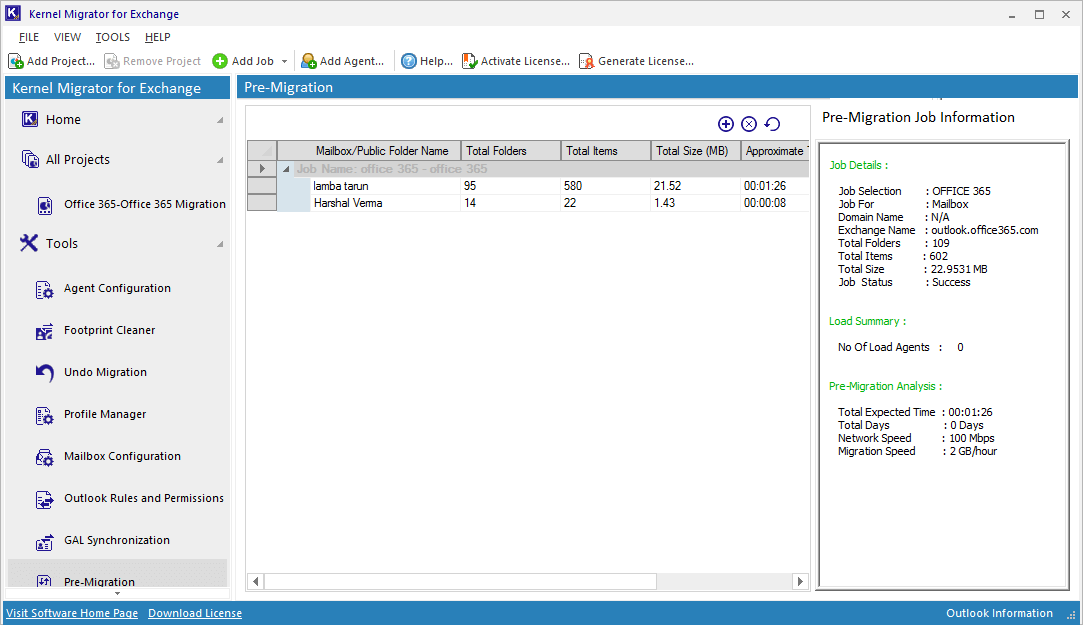
Note: The software provides the facility to migrate public folders also. So, you can have a pre-migration analysis for this migration as well in a similar way. (Just select public folders in place of mailboxes).
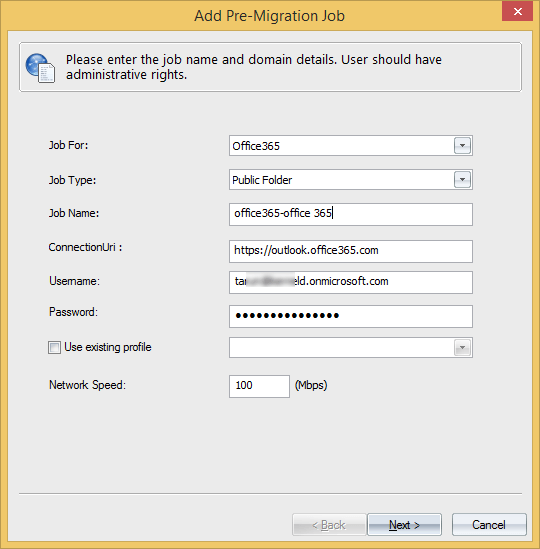
Advanced Settings
Users can apply settings for their jobs like – Report Console Settings, Notification Settings and Log Settings. Let us discuss each one-by-one.
Report Console Settings
Through this setting option, you can access Report console with your provided login credentials for viewing details of the migration jobs created by the software.
Follow the steps to apply the settings for Report Console.
- On the home screen page of the tool, go to Tools>Report Console Settings.
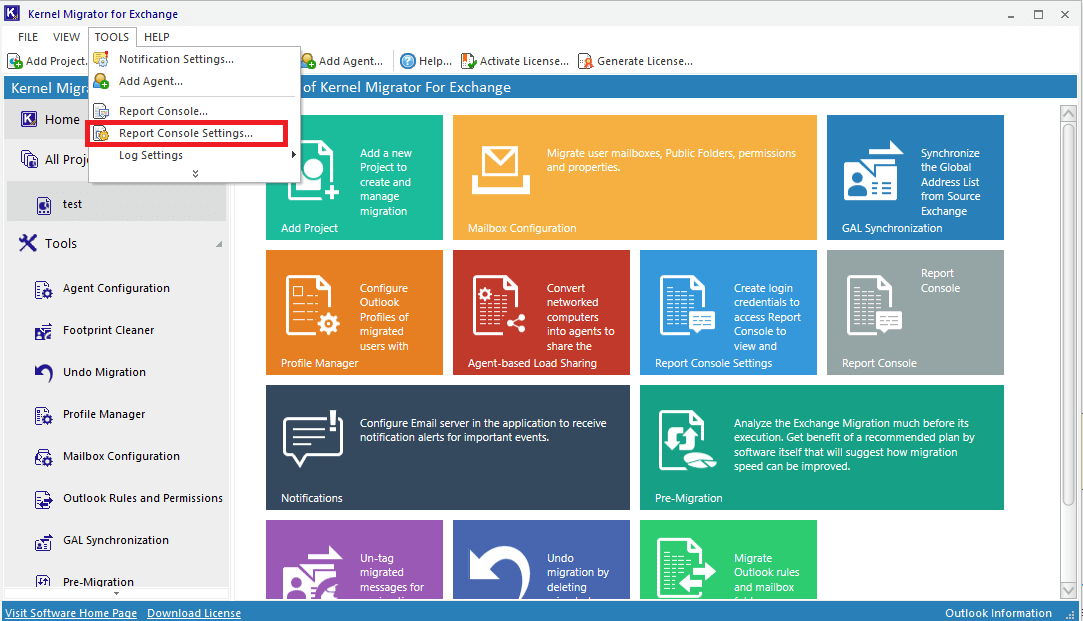
- Click Add option to Add New User.
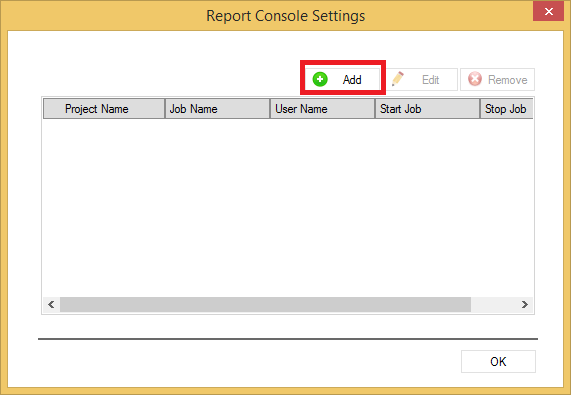
- Now, provide the asked details like User name, Password and Job Rights. Click OK.
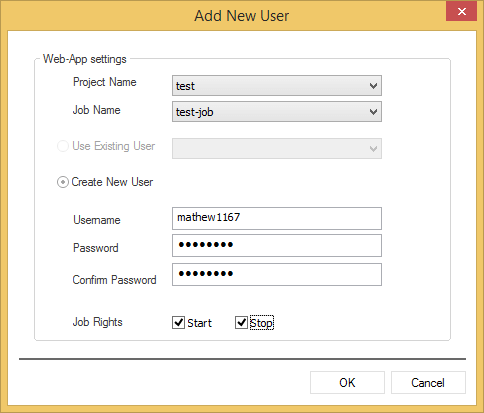
After this, you can open Report Console to view your migration job details post-migration.
Notification Settings
With this Settings option, you can configure an email server in the tool through which email notifications would be sent.
To do this, perform the given steps.
- At the home screen, go to Tools>Notification Settings.
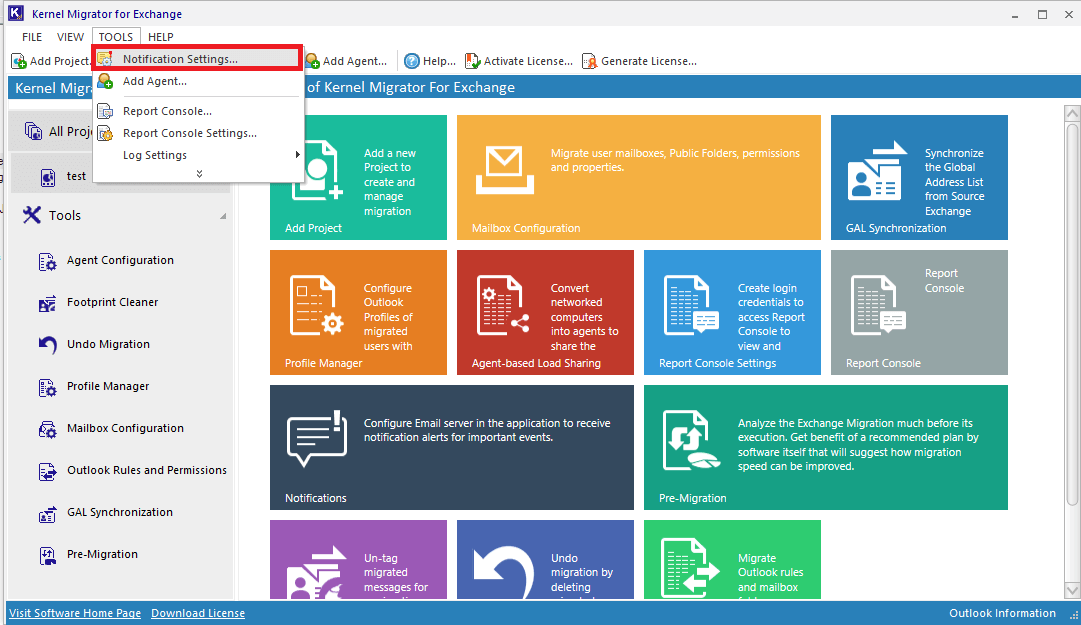
- Provide the details needed for Server Settings – Username and Password for authentication. You also need to provide the Email address of the sender, email-subject prefix, and check box to enable SSL (if needed).
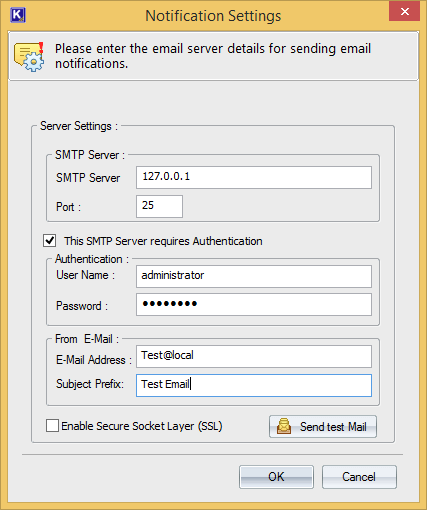
You can verify the email server configuration by clicking Send Test Mail option.
Log Settings
This settings option allows you to either enable or disable logging of migration/sync of mailboxes or public folders.
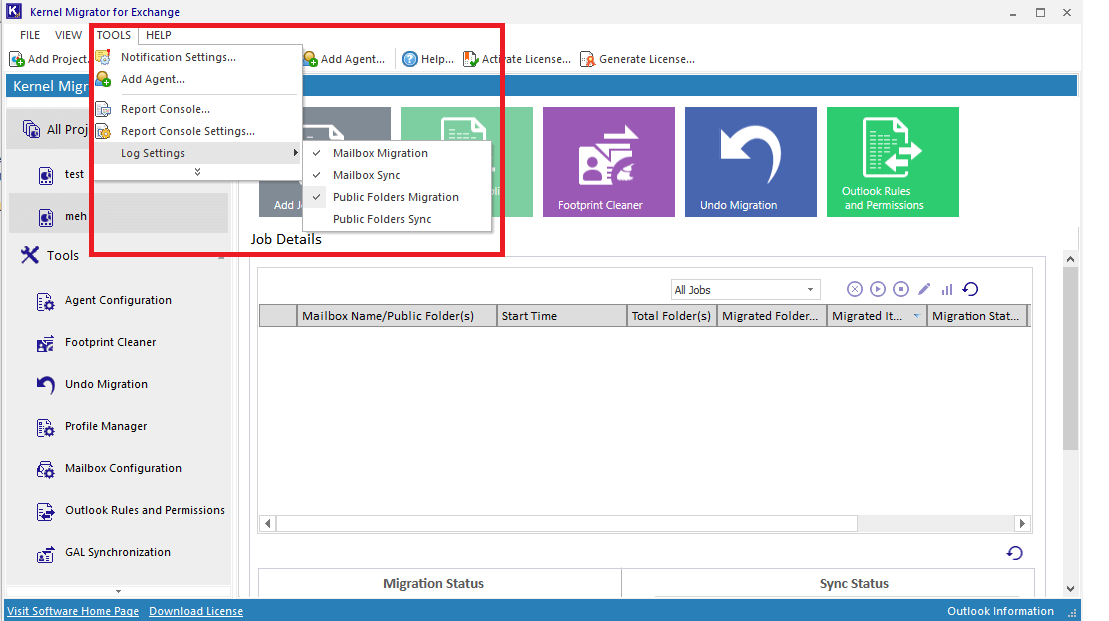
Here we have discussed the requirements of the migration in detail. In the next section, you will find how to perform the actual migration of mailboxes and public folders from one office 365 tenant to another using (in Part 2 of the migration guide).

